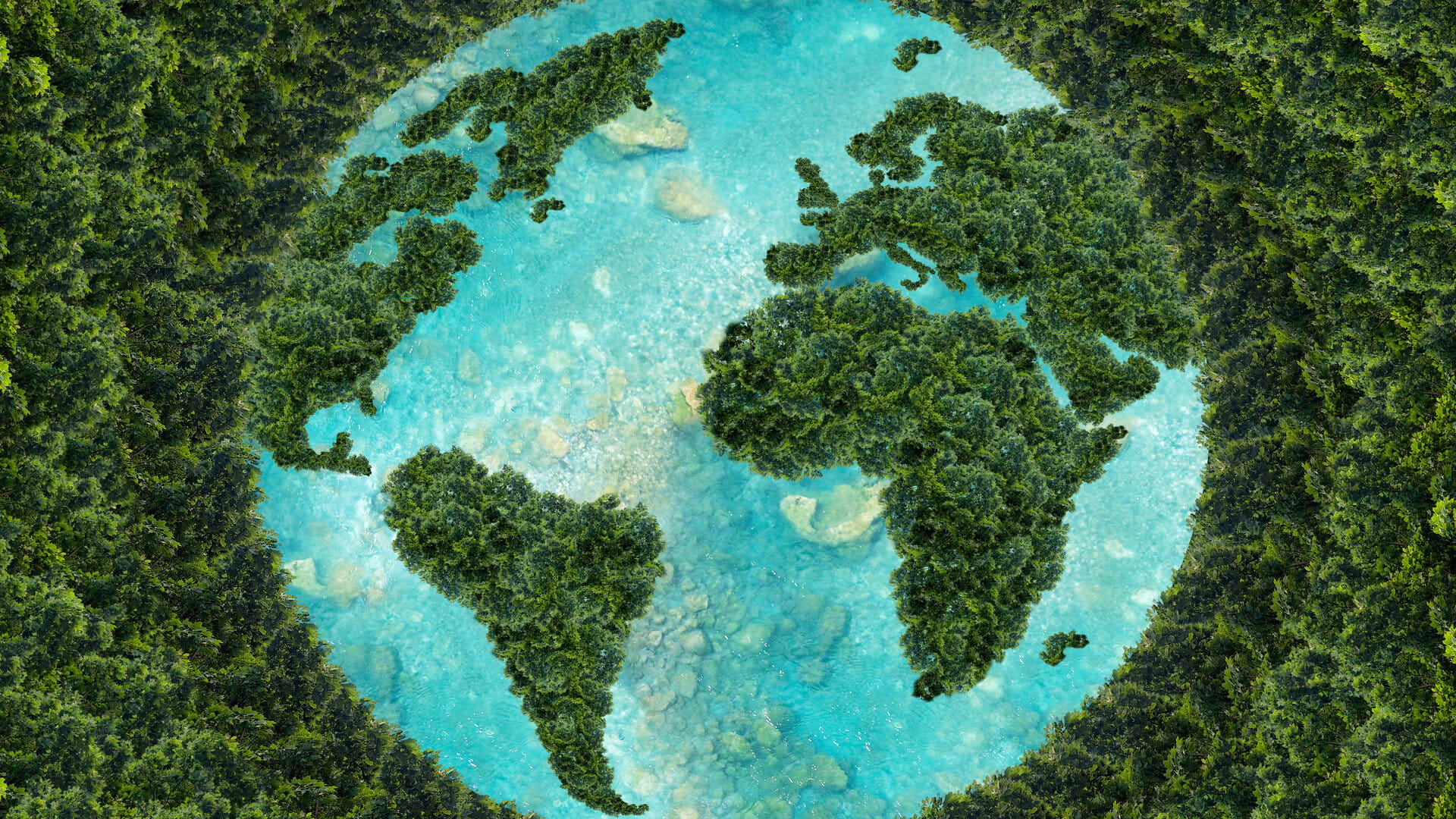Water Conflict: Water diplomacy has never been more critical

This year’s theme of World Water Week, which took place this week in Stockholm (25-29 August) is ‘Bridging Borders: Water for a Peaceful and Sustainable Future.’ The theme is apt given a decade-long rise in violent conflicts triggered by water shortages.
While the prospect of all out water wars between countries is unlikely any time soon, thousands of people are dying due to water-triggered conflicts. Yet it is in our power right now to reduce tensions.
With the global population set to rise to 9.8 billion by 2050 and climate change already affecting previously reliable all-year water sources, governments and utility companies are quietly dusting off plans to cope with the prospect of day-zero events. In other words, contingency planning for when the taps run dry.
According to UNICEF, four billion people—almost two-thirds of the world’s population—suffer from severe water scarcity for at least one month every year. Furthermore, the UN and World Bank predict that drought could threaten 700 million people with displacement by 2030.
Today, unprecedented levels of dam building and water extraction by nations are causing countries further downstream to complain. This is exacerbated by aquifers disregarding national borders.
In 2022, a dispute between Spain and Portugal over water levels in the Douro River escalated when Spain announced it would no longer fully honour the Albufeira Convention, a treaty governing water transfers to its Iberian neighbour. A year earlier, 31 people were killed when Tajikistan and Kyrgyzstan traded cross-border shots over a disputed reservoir and pumping station.
While water-triggered armed conflict between nations is rare, urgent attention should be given to a global fourfold increase in water conflicts in the period 2012-2021 compared to 2000-2011.1 Most of these conflicts arise internally, often when local subsistence farmers clash with police, troops, and rival groups in regions such as the Middle East, southern Asia, and the Sahel. According to a 2015 entry in the Water Conflict Chronology database, “The Yemeni Interior Ministry claims up to 4,000 people die annually from water-related violence including raids on wells and other fights over water access involving armed groups.”
It doesn’t have to be this way.
Science-based water diplomacy
Diplomacy is crucial. Firstly, to avoid disputes from evolving into conflict, parties must be open to listening to grievances and explore potential solutions.
Introducing a third party with expertise in hydrology, climate adaptation, and water management can shift the discussion to focus on root causes.
In many cases, the problem is not a shortage of water or an immediate need to build new reservoirs and lay pipelines. Often, a dispute can be resolved by enhancing the operation and maintenance of the current water system. The application of science allows for a better understanding of the natural system and helps inform the solution. This forms the foundation of science-based water diplomacy.
When La Paz, the capital of Bolivia, faced a day-zero event and the taps ran dry, a national emergency was declared. The solution did not involve building additional reservoirs, but rather focused on preventing water loss by improving the monitoring of existing water assets and merging data collected with a hydrological model and smart tool.
The tool continuously monitors weather forecasts, dam levels, and flow data to assist operators in making informed decisions and taking preventative actions. As a result, the likelihood of another day-zero event has decreased from one in four years to one in 10 years.
Knowledge sharing
Knowledge and information exchange are crucial. Fostering a common understanding and collaboration can help reduce emotional tensions in disputes. As such, knowledge creation and sharing should be fundamental aspects of water diplomacy, rooted in scientific principles. Cooperation and agreements on water management and cross-border flows cannot be achieved without access to reliable data.
Water diplomacy should be a taught discipline and involve strong stakeholder management and governance. Most conflicts stem from sectorial disputes between farmers and herders competing with water-intensive industries like energy generation. It’s not a coincidence that water-related conflicts occur most frequently in developing countries and in remote regions where the rule of law is weakest.
Financing is vital
Despite best intentions, goodwill, diplomacy, and compromise can only achieve so much.
Inadequate financing acts as a barrier to infrastructure development, so it is crucial that incentives and mechanisms are put in place to encourage investment. This will require global and regional development banks, as well as government bodies, to take action. Doing so will save lives and money. A 10% reduction in world violence saves our global economy more than US $1.4 trillion.2
While water conflicts are increasing, and a climate-stressed world may worsen the situation, I believe that water fragility and insecurity can be overcome. However, we must not delay. Action is needed now. The international community needs to prioritize water diplomacy. Diplomats should collaborate with experts in environmental monitoring, water management, and climate adaptation. I am optimistic that when diplomacy and science work together, we can solve any problem.
This article was originally posted in Smart Water Magazine, 23 August 2024
1Water-related conflicts: definitions, data, and trends from the water conflict chronology by Peter H Gleick and Morgan Shimabuku Pacific Institute, Oakland, CA.
2Economic Value of Peace 2021: Measuring the Global Economic Impact of Violence and Conflict.
![[object Object] [object Object]](https://www.royalhaskoningdhv.com/-/media/images/employees-profile-pics/s/silvis-lennart.jpg?h=500&iar=0&w=500&hash=7A925D7B44C3224DE366B00D69FBCAED)



